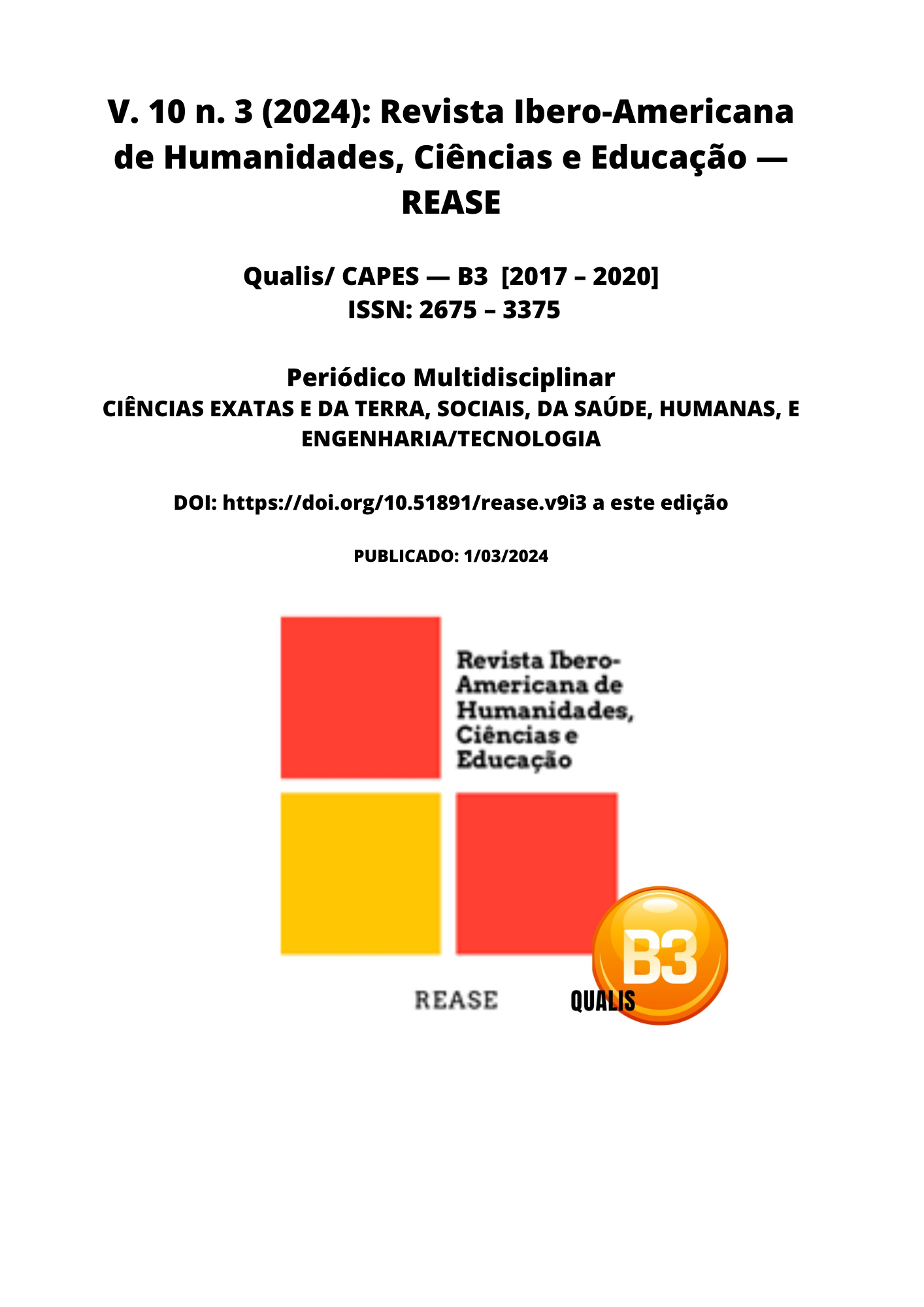ROBOTIC SURGERY FOR MYOCARDIAL REVASCULARIZATION WITH EPIDURAL ANESTHESIA: COMPARISON WITH GENERAL ANESTHESIA
DOI:
https://doi.org/10.51891/rease.v10i3.13344Keywords:
Robotic surgery. Myocardial revascularization. Epidural anesthesia. General anesthesia and randomized controlled trial.Abstract
Coronary artery bypass grafting, also known as bypass surgery, is a procedure performed to improve blood flow to the heart in patients with coronary artery disease. The traditional technique involves opening the chest and using vein or artery grafts to divert blood around blocked coronary arteries. In recent years, robotic surgery has emerged as an innovative alternative to the traditional technique. This approach offers several potential benefits, such as less surgical trauma, less postoperative pain, faster recovery and better aesthetic results. However, the choice of the ideal anesthetic technique for robotic myocardial revascularization surgery is still a matter of debate. General anesthesia, with its hypnotic and amnesic effects, is the most commonly used technique. However, epidural anesthesia, which blocks pain in the lower half of the body, is gaining ground as a safer alternative with fewer side effects. Objective: To carry out a systematic review of the literature to compare the effectiveness and safety of robotic myocardial revascularization surgery with epidural anesthesia versus general anesthesia. Methodology: The systematic review was carried out according to the PRISMA checklist. The PubMed, Scielo and Web of Science databases were searched using the following descriptors: "robotic surgery", "myocardial revascularization", "epidural anesthesia", "general anesthesia" and "randomized controlled trial". Studies published in the last 10 years that compared the outcomes of patients undergoing robotic myocardial revascularization surgery with epidural anesthesia versus general anesthesia were included. Inclusion criteria: Randomized clinical trials; Adult population with coronary artery disease; Robotic myocardial revascularization surgery; Comparison between epidural anesthesia and general anesthesia. Exclusion criteria: Observational studies; Animal studies; Traditional myocardial revascularization surgery; Lack of data on the outcomes of interest. Results: The systematic review identified 10 studies that met the inclusion criteria. The results showed that robotic myocardial revascularization surgery with epidural anesthesia was associated with: Shorter hospital stay; Reduced need for blood transfusions; Lower incidence of pneumonia; Less postoperative pain; Greater patient satisfaction. Conclusion: Robotic myocardial revascularization surgery with epidural anesthesia is a safe and effective alternative to the traditional technique with general anesthesia. This approach offers several potential benefits for patients, such as less surgical trauma, faster recovery and better quality of life postoperatively.
Downloads
Downloads
Published
How to Cite
Issue
Section
Categories
License
Atribuição CC BY

